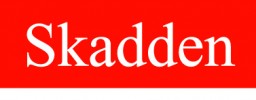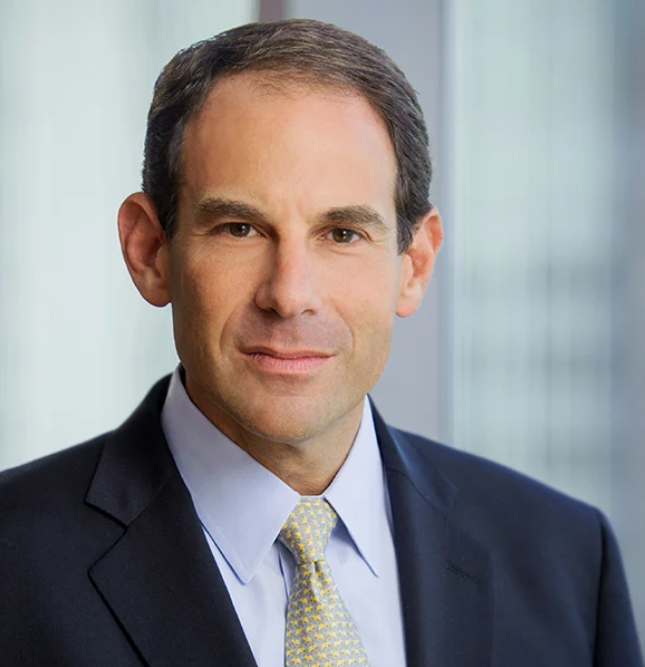The expanding use of artificial intelligence (AI) programs to create content has, not surprisingly, resulted in attempts to register copyrights in AI-generated works. The Copyright Office has formally rejected two such attempted registrations, in one case (a Recent Entrance to Paradise) on the ground that a registration comprised entirely of an AI-generated image was not protectable, and in a second case (Zarya of the Dawn) on the basis that a graphic novel that included AI-generated images was protectable overall, but not the AI-generated content themselves.
On March 16, 2023 the Copyright Office issued formal guidance on the registration of AI-generated works (Office Guidance), and announced a new initiative to examine the copyright law and policy issues raised by AI. The Copyright Office also plans to formally solicit public comments on copyright matters raised by AI, and has scheduled a series of “public listening sessions,” broken down by the type of work (literary, music, etc.) for April and May 2023. The Office’s announcement includes the schedule for these sessions. We summarize below the key points from the new Office Guidance.
Defining AI
The Office Guidance focuses specifically on “generative AI,” which it defines as technologies that “‘train’ on vast quantities of preexisting human-authored works and use inferences from that training to generate new content” (which could be textual, visual, or audio). Many of these AI technologies generate such new content based on a user’s text prompts. While the Office Guidance addresses copyright protection for the content that is generated through such technologies, it does not address copyright issues surrounding the use of copyrighted content as training data. The Guidance also does not fully address copyright protection for user text prompts other than stating in a footnote that “some prompts may be sufficiently creative to be protected by copyright.”
The Human Authorship Requirement
The Office Guidance draws on judicial precedent and the Copyright Officer’s own prior guidance for the basic principle that human authorship is required for a work to be copyrightable, noting that the Copyright Office has “extensive experience” in evaluating the copyrightability of works that contain human authorship combined with uncopyrightable material, and materials generated “by or with the assistance of technology.” In making this evaluation, the Copyright Office looks to whether the work is “basically one of human authorship,” where a computer or other device is merely “an assisting instrument,” or whether the “traditional elements of authorship” were “actually conceived and executed not by man but by a machine.”
Applying these principles to AI-generated works, the Copyright Office draws the following conclusions, noting that ultimately this is a case-by-case inquiry that depends on whether the AI contributions are “the result of ‘mechanical reproduction’ or instead of an author’s ‘own original mental conception, to which [the author] gave visible form.’”
- A work is not copyrightable where AI technology generates a work autonomously without human involvement.
- A work is not copyrightable where a “complex written, visual, or musical work[]” is generated by AI technology though a user prompt. This is because the traditional elements of authorship “are determined and executed by the technology—not the human user.” As the Office Guidance explains, users of generative AI “do not exercise ultimate creative control over how such systems interpret prompts and generate material.” Instead, the Copyright Office analogizes prompts to instructions given to a commissioned artist, where the technology determines how those instructions are implemented.
- More broadly, the Office Guidance states that “when an AI technology determines the expressive elements of its output, the generated material is not the product of human authorship.”
- The foregoing conclusions do not change in cases where AI technologies allow for “iterative feedback,” where a user can revise their prompts, such as by mentioning a specific topic or emphasizing a particular point. Here too, even though a user may have greater influence over the output, it is the AI technology that determines how to implement those instructions.
The Office Guidance proceeds to list a few situations where AI-generated work can be part of a copyrighted work, which has spurred some media outlets to report that the Copyright Office has decided to allow certain AI-generated works to be registered. In fact, these situations are fairly limited and do not change the basic principles noted above. Indeed, the Copyright Office notes that these protections extend only to the human-authored aspects of the work, for example where:
- A human selects or arranges AI-generated material in a sufficiently creative way such that the resulting work as a whole constitutes an original work of authorship. Here, the Copyright Office cites to the Copyright Act’s definition of a “compilation” and notes that “[i]n the case of a compilation including AI-generated material, the computer-generated material will not be protected outside of the compilation.”
- A human modifies material originally generated by AI technology to such a degree that the modifications meet the standard for copyright protection.
Guidance for Copyright Applicants
The Office Guidance concludes with instructions on how registrants should address AI-generated elements in a copyright registration, based on the general principle that applicants are required to disclose the inclusion of AI-generated content, and provide a brief explanation of the human author’s contributions to the work:
- In the “Author Created” field, registrants should include a brief description of the authorship that was contributed by a human.
- Where the human work of authorship is the manner in which the AI-generated work was compiled with human-authored content, the application should state “‘Selection, coordination, and arrangement of [describe human-authored content] created by the author and [describe AI content] generated by artificial intelligence.’”
- Applicants should not list the AI technology used, or the company that provided the technology, as an author or co-author.
- AI-generated content that is more than de minimis should be explicitly excluded from the application in the “Limitation of the Claim” section in the “Other” field, under the “Material Excluded” heading. Applicants should provide a brief description of the AI-generated content, such as by entering “‘[description of content] generated by artificial intelligence.’” This can also be done in the “Note to CO” field.
- In cases where an applicant is unsure of how to fill out an application, they can provide a statement that a work contains AI-generated material, and the Copyright Office will contact them for further inquiry.
- Where a registration is pending and did not follow the above requirements, the applicant is directed to contact the Copyright Office’s Public Information Office, and report that their application omitted the fact that the work contained AI-generated material.
- Where a work was already registered that did not follow the above requirements, a supplementary registration is required to correct the error, with the risk of losing the benefits of the registration where the registrant fails to correct.
This memorandum is provided by Skadden, Arps, Slate, Meagher & Flom LLP and its affiliates for educational and informational purposes only and is not intended and should not be construed as legal advice. This memorandum is considered advertising under applicable state laws.






